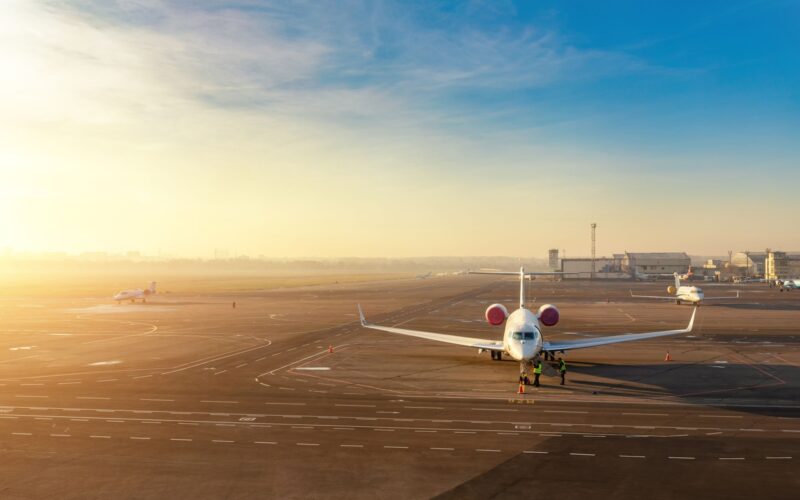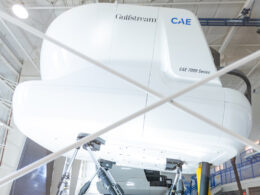The Federal Aviation Administration (FAA) has announced it intends to make two specific changes to the way chartered flights are operated to increase safety and flexibility options.
The administration said that public charter flights have rapidly expanded “in frequency and complexity” in recent years, adding that some services appear to operate like scheduled airlines but under less-rigorous safety regulations. A fact that the FAA said is not always transparent or made known to the flying public.
The first action will be to initiate a rulemaking to amend part 110 definitions of “scheduled,” “on demand,” and “supplemental” operations.
If the rule is finalized, public charters will be subject to operating rules based on the same safety parameters as other non-public charter flight operations.
The second part of the announcement is that the FAA will explore opportunities to align aircraft size and certification standards with operational needs for small community and rural air service.
“Specifically, the FAA will convene a Safety Risk Management Panel (SRMP) to assess the feasibility of a new operating authority for scheduled part 135 operations in 10-30 seat aircraft,” the administration said.
The FAA said its public charter work is being done in coordination with the Transportation Security Administration (TSA). The FAA focuses on the safety of the flying public, while the TSA focuses on the security of transportation systems.
“Part of the safety mission of the FAA is identifying risk early on, and that’s exactly what we’re doing on public charters as usage expands. If a company is effectively operating as a scheduled airline, the FAA needs to determine whether those operations should follow the same stringent rules as scheduled airlines,” FAA Administrator Mike Whitaker said in a statement.
“Safe air travel options should be available to everyone, not limited to only those living near a major airport. We want to put a safety lens over the options of future innovation, as we work to further connect small and rural communities to open up more options for everyone at the same high level of safety,” Whitaker added.
As part of any proposed rule, the FAA would seek comment on a future date that would allow for the industry to adapt to any change in the regulatory environment.











